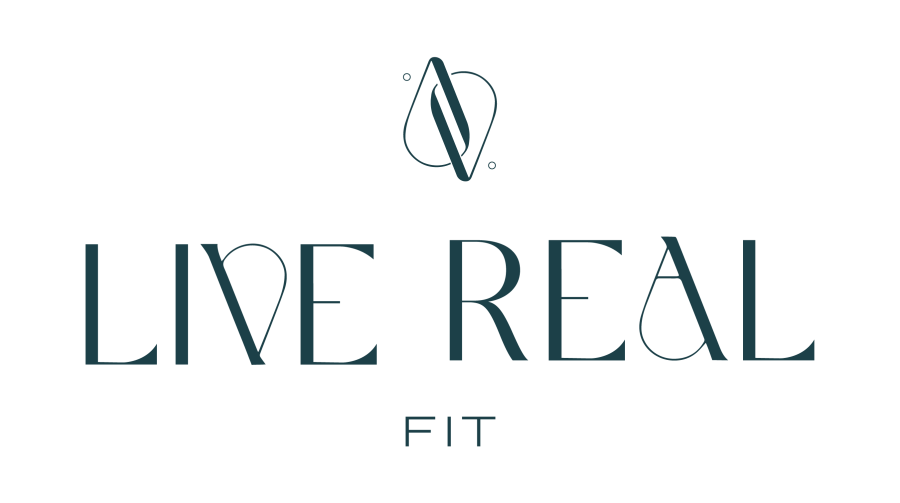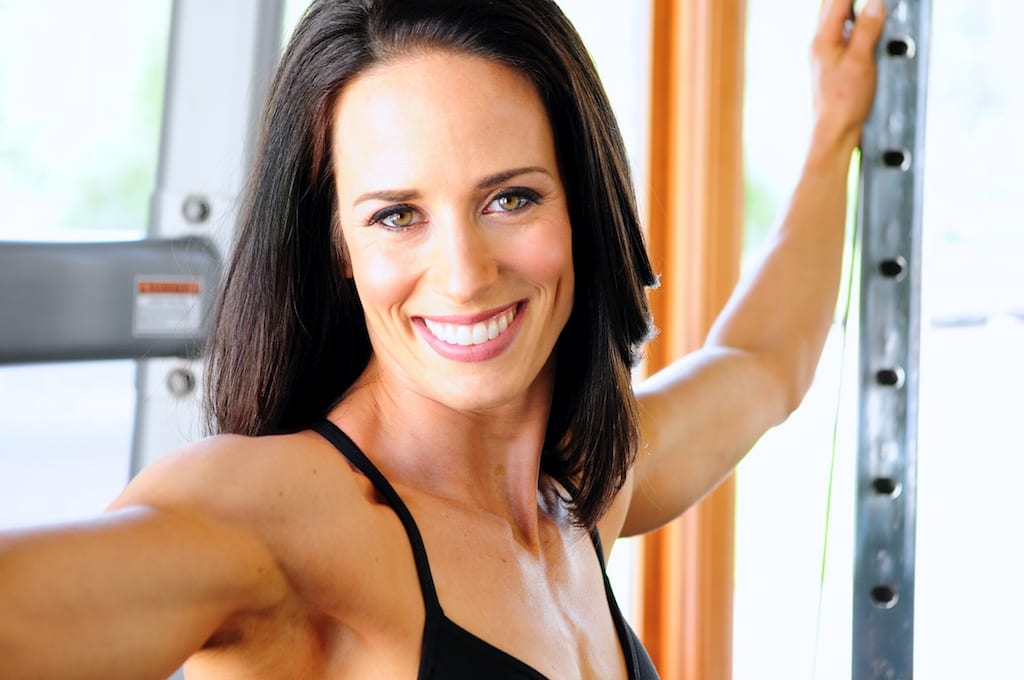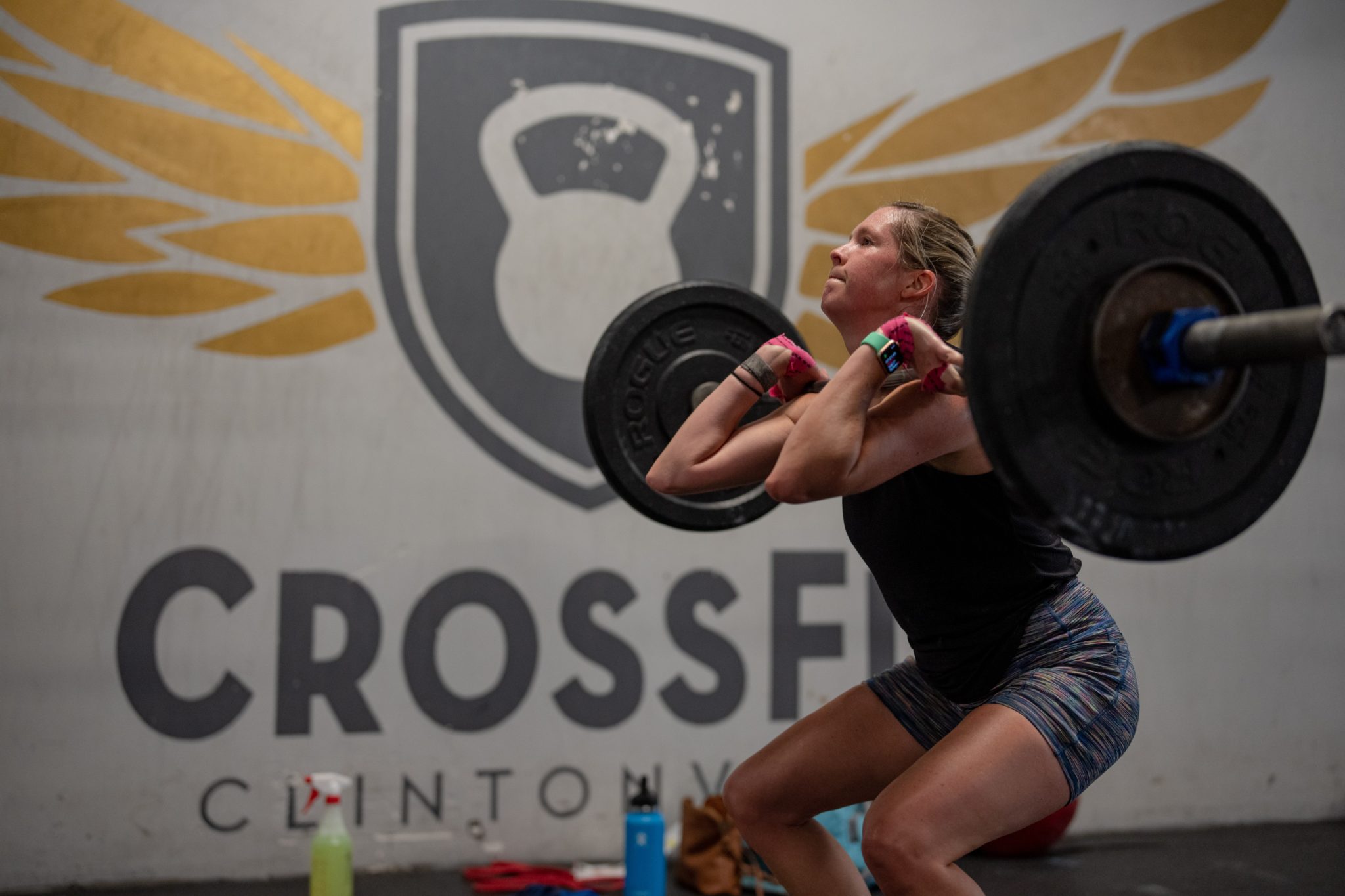Deadlifting seems to be one of those exercises that you either love or you’re in total fear of them. Trying to pick up the heaviest weight possible from the ground could appear, to some, to be a great way to cause some serious damage to your back. But the fact of the matter is you do this ALL THE TIME! Now granted, we don’t always lift hundreds of pounds from the ground but the deadlift is a highly functional human movement. If you look at the basics of the deadlift movement you are simply bending over to pick something up. Think about how many times you might do that in a day. Whether it’s your toddler, a laundry basket or to tie your shoe, we bend over all day long. It’s important to be as strong and efficient as we possibly can to perform these movements each day with ease.
Deadlifting makes you a badass at life
So, if we are bending over all day long, why not learn how to do it correctly, safely and get super good and strong at doing it? We need to be able to bend over without pain and without fear of causing pain. We should be able to bend over to pick something up without thinking about it. Bending over to pick something up should rely more on a hinging movement at the hips NOT the back. The deadlift teaches that exact movement pattern. Working on the deadlift creates a strong posterior chain. Meaning you are working a bunch of muscles from your calves, hamstrings, gluts, erector spinae (back muscles), lats, traps and many other smaller muscles. The deadlift is an amazing compound movement that makes it a highly effective exercise to have in any lifting program. In addition, training and getting stronger with the deadlift movement can improve performance and reduce risk of injury in other sports such as long distance running, soccer, basketball, etc.
The deadlift is a functional movement pattern that works a variety of important muscle groups top to bottom. Therefore, training the deadlift can not only give us strong legs and back but create a very robust resilient body. There is something about the deadlift that just makes you feel wicked strong. Being proficient at performing the deadlift will reinforce a safe and effective movement pattern for lifting all kinds of things as well as just make you feel like a general badass in and out of the gym!
“The deadlift also serves as a way to train the mind to do things that are hard”
Mark Rippetoe
But is it safe?
As I mentioned above, many people often fear the deadlift. If all you have ever seen of a deadlift is a big burly guy lifting what amounts to a car off the ground it can be really intimidating movement. I often hear people talking about avoiding the deadlift for fear of causing or exacerbating their low back pain. While this fear is understandable it is completely unnecessary. Performing the deadlift is not something that hurts the back but, performed correctly, is actually something that makes you stronger and can HELP with low back pain!
The amount of pressure through the spine when in a slouched seated position is almost the same as when standing in bent forward rounded back position holding 140 pounds. Essentially in a “bad” deadlift position. However, the pressure through the spine when in a bent over neutral spine position is LESS than when simply in a slouched seated position [1]. Think about how often during your day you might be sitting at your desk slouched over the computer keyboard. You are doing much more harm to your back in that position than you would be performing a good neutral spine deadlift.
Low back pain? No problem.
Certainly, you shouldn’t be doing any deadlifting if you currently have low back pain…right? Well not necessarily. While you should always consult your physical therapist to address your specific individual needs regarding your low back pain, deadlifting could still be part of your recovery reducing pain and improving quality of life.
Several studies have looked at the efficacy of utilizing deadlifting as part of the treatment regimen for those with low back pain [2] [3]. Free weight training including deadlifting has been shown to be successful at improving pain, disability and overall quality of life in those with low back pain [2]. In addition, compared to more traditional lower intensity stability and core training exercises, good neutral spine deadlifting was shown to be just as effective in improving pain intensity, strength, and endurance. However, one could even argue that those who deadlifted were a stronger more robust individual and better equipped to handle real-world experiences than those who simply performed stabilization movements.
Deadlifting is a movement we do day in and day out whether we realize it or not. Instead of fearing it you should embrace it and learn how to perform it correctly. Being able to perform the deadlift with good neutral spine positioning will serve you well in much of your daily activities. It is not only safe to perform but reinforces an important movement pattern for proper bending and lifting. If that doesn’t convince you, the deadlift just makes you overall a stronger healthier person!
Until Next time…
Xx
Allison
Works Cited
| [1] | A. Nachemson, “The Lumbar Spine: An orthopaedic challenge.,” Spine, no. 1, pp. 59-71, 1976. |
| [2] | N. Welch, K. Moran, J. Antony, C. Richter, B. Marshall, J. Coyle, E. Falvey and A. Franklyn-Miller, “The effects of a free-weight-based resistance training intervention on pain, squat biomechanics and MRI-defined lumbar fat infiltration and functional cross-sectional area in those with chronic low back.,” BMJ Open Sport Exerc Med., vol. 1, no. 1, 2015. |
| [3] | B. Aasa, L. Berglund, P. Michaelson and U. Aasa, “Individualized low-load motor control exercises and education versus a high-load lifting exercise and education to improve activity, pain intensity, and physical performance in patients with low back pain: a randomized controlled trial.,” J Orthop Sports Phys Ther., vol. 45, no. 2, pp. 77-85, 2015. |







